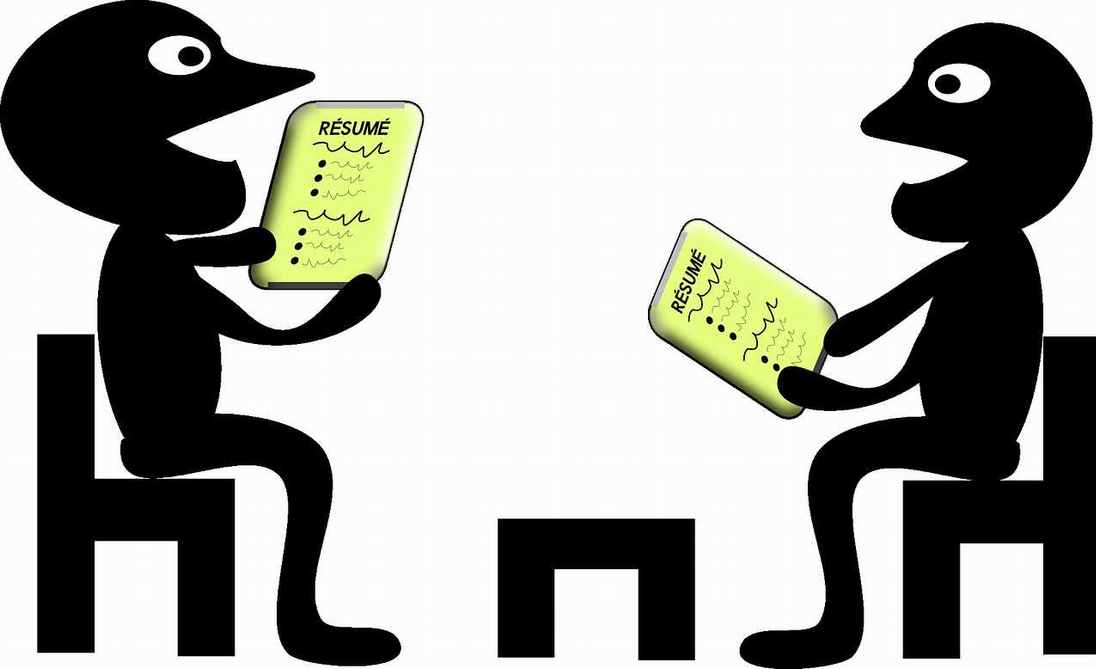
I still remember how I used to feel when I first started out being an ESL teacher. I was constantly nervous, talked in a diffident manner and had no idea how I should teach although I was expected to. One thing I was very sure though, was that I wanted to be successful. After all, my experience of being a competitive swimmer in my teenage years had taught me perseverance in no matter what I am doing.
Here are some things to avoid I’ve figured out after teaching ESL one-on-one for a number of years:
Encouraging too much Japanese in class
I work at an Eikaiwa school in Tokyo where most English language learners are beginners.
On a daily basis, I come across ESL students who fall back to Japanese easily whenever they can’t say something in English. As my school does not have a “no-Japanese” rule like some other schools do, as teachers we can use that to our advantage on the one hand, but on the other hand, excessive usage of the student’s L1 is not going to help them improve.
Failing to respect a student’s privacy
It is easier said than done. In reality, finding the right topics and asking the right questions are not so simple. I once had a student who seemed to get along very well with her boyfriend but one day when I asked her about how they were doing, she suddenly burst into tears. Of course, that was a mistake that could have been avoided if I had been more careful in the way I put my question. For example, asking her an open question “What’s new?” is better than a question that is too specific.
Not talking at their level, talking too fast
This is a very common mistake made by new ESL teachers, when nerves can easily cause someone to speak faster. This together with wordy explanations could very much confuse a starter level student. The first step to fix this is to have someone listen to you speak or record your own lesson to increase self-awareness. You may also want to try to put your explanations in relevant contexts that are comprehensible to your students.
Teaching the book, not the student

I have been teaching Eikaiwa for a bit too long that I sometimes fall into the trap of recycling generic, broad lesson plans without adjusting them to suit each student, who varies in accordance with their interests, their life experiences and reasons for learning English. This could easily be avoided with more lesson customization after putting those factors into consideration. Most importantly, ESL teachers should never be robotic, no matter how many years they’ve taught English.
Not correcting your students’ mistakes moderately
Let’s face it, it is impossible to correct every single mistake or make it sound perfectly native-sounding in such a short amount of time, considering that one lesson is usually only 40 to 50 minutes. Because of this, it is essential for an ESL teacher to correct one’s mistakes based on certain criteria – for instance, how much the language a student uses impedes communication, or whether or not this is already something that has been taught.
Interested in Working at b?
You may become curious about our school and positios. If you want to apply, please refer to the page by clicking the following link.


